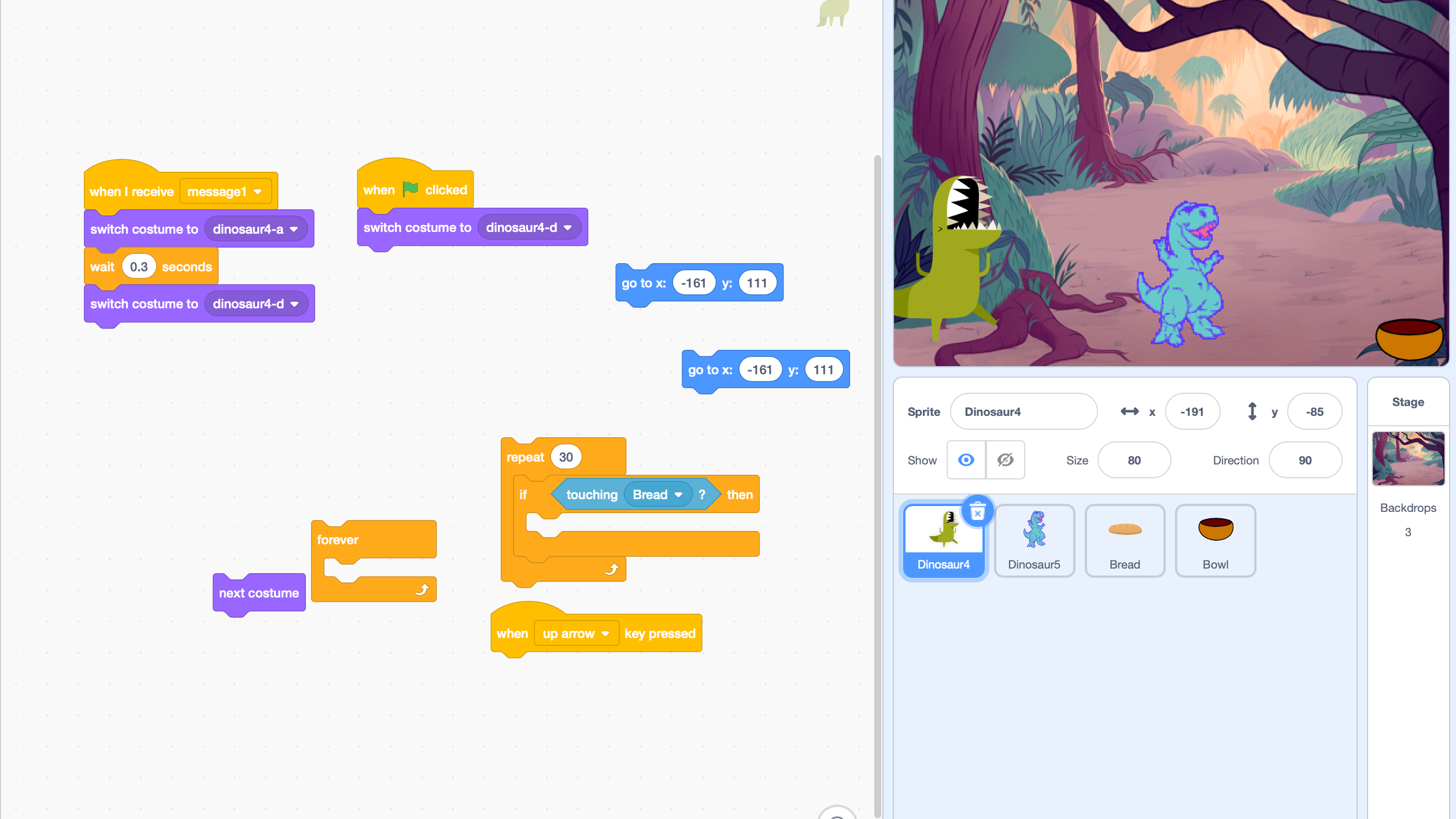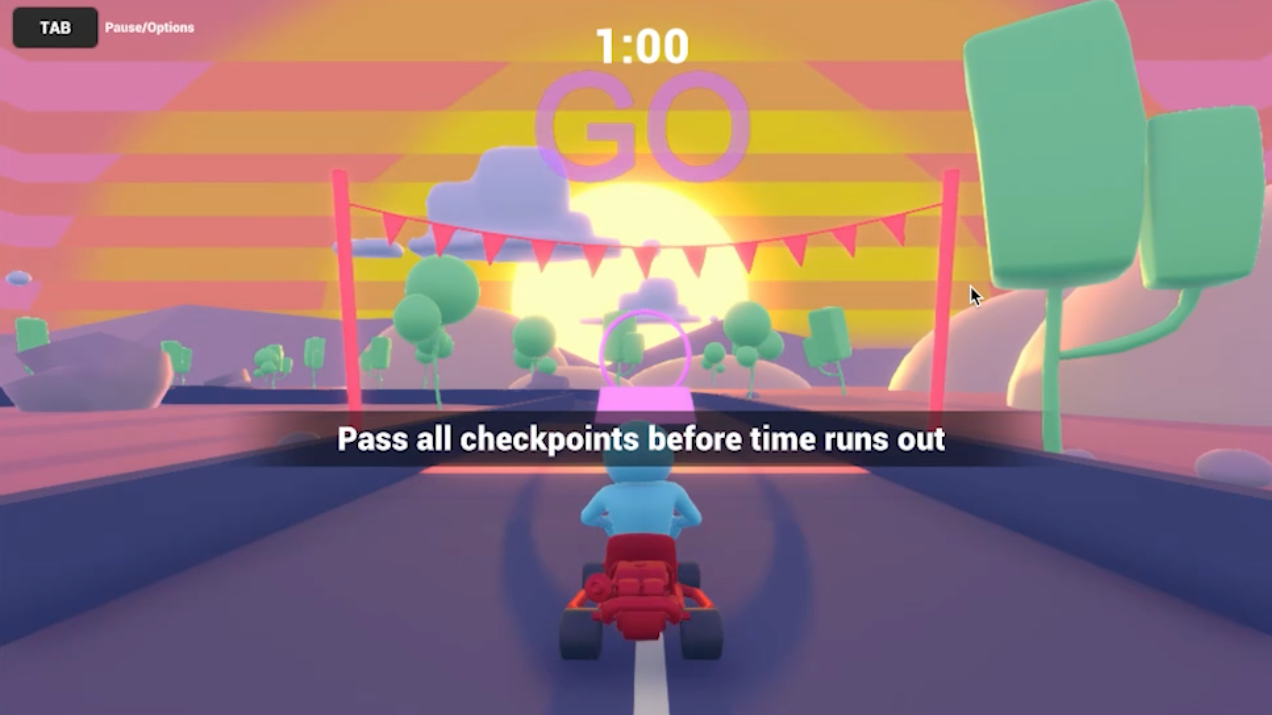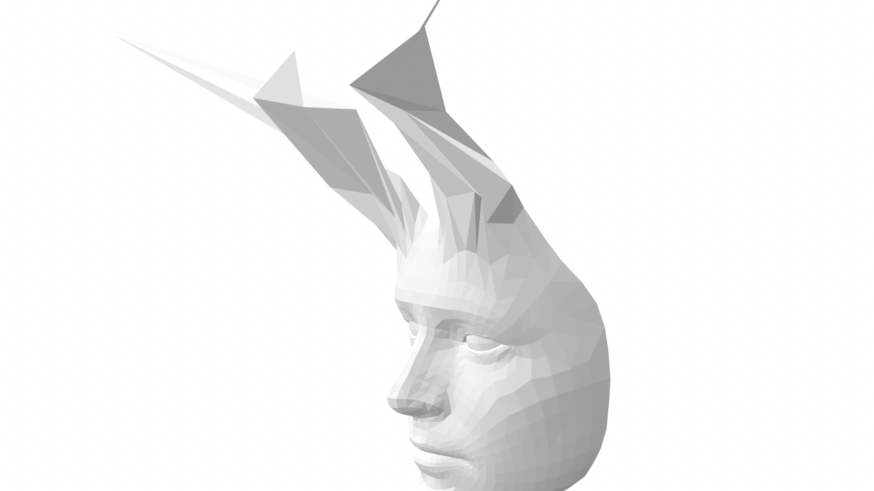Artalk- An App for all learners in art museums to start art discussions through sharing learning.
This project collaborated with Ruowen Niu, Shiyao Wei, and Shiyi Liu.
Problem
Art is complicated and abstract, memory fades away quickly when learners leave the museum. Without external help, recalling artworks becomes challenging. Learners’ art background may influence their memory retrieval after an art museum visit. The visitors have intentions to talk about artworks in museum learning but are not comfortable engaging in a face-to-face conversation.
A study of 33 art museum learners was conducted. Many of them said their recollections faded after they left the museum. Furthermore, 66.7% of participants believe that actively participating in discussions in an art museum helps them comprehend the artwork. However, only 36.3% of them have ever actively participated in art museum conversations. They feel it will be beneficial, yet they refuse to do it. Another intriguing finding is that 36.4% of them had attempted to overhear other people's discussions. This demonstrates that the learners’ intention to talk but are not comfortable engaging in a face-to-face conversation.
Solutions/Goal
An online tool for learners in the art museum to do constructive and interactive learning and navigate them to deeper cognitive presence is conceived.
1. Believe they are encouraged to and capable of actively engaging in discussions about artwork. (Feel)
2. Feel more connected to the artworks on display. (Feel)
3. Express personal opinions related to artworks. (Do)
4. Recall facts and generate explanations of artworks. (Say)
Design
Our design is a user-generated content social media application featuring both onsite and asynchronous discussion of artworks. Artalk aims at creating a free discussion space for museum learners but not limited to it. With prompts of pieces of artwork, even entry-level users could share their feelings, questions, and thoughts about the artworks with other users around the globe.
This tool is a combination of two sections, online page and onsite installation. The installation is a screen at the entrance of the art museum, displaying synchronous comments from users in the art museum with tags of artworks. An instruction about how to download and use this APP is attached in the information desk. The big screen notifies the audience that there is a designated discussion space in the art museum. It contributes to an attitude change. It tells the audience there is a platform that encourages discussion within the community.
When the audience explores the museum, it is common that the audience take photos of the artwork they like. They could use the image to reverse search the artwork page in the APP, based on content-based image retrieval (CBIR) query technique. The technology helps when the audience wants to search but forgets the title or artist’s name. Also, learners could use the traditional ways to search which are typing texts and scanning QR code. These three ways including image to reverse search, scanning QRcode, and text search are technically easy access to redirect to the artwork page and also encourage the audience to have discussion that could cause an attitude change. Users can still view the artwork page after they leave the art museum by searching for artwork title, artist name, exhibition name, etc.
The online page is the other section, which comprises artworks information, fun facts, and forum discussion. Two functions are designed for the online page. The Display page of artwork contains visual images of the artwork and the textual information of the artwork. If the user clicks the image of the artwork, the image will be flipped and shows fun facts about the artwork. This function mainly provides the facts to the users and tries to deconstruct the serious environment in the museum.
More importantly, the other function is the discussion forum of the artwork. The characteristics of a social-media like platform offers an informal and mobile learning environment for the users. It breaks the restriction of the museum's physical setting and allows users to have a free discussion. They are encouraged to like, reply, share, and post the discussion threads.
In order to support users to contextualize and generate explanations about art work, Artalk provides prompt questions and others discussion under the displaying page. Right under the artwork image, there are prompt questions inspiring users who might not know what perspectives could be thought regarding a piece of artwork. These prompt questions work as scaffolding questions that guide learners who have limited prior knowledge in the art museum to build up their own knowledge. Examples of the prompt questions could be: What is going on in this image? What more can we find? What does this artwork remind you of? etc.
The discussion posted on the platform could be their feelings, questions, and thoughts and any aspect they would like to discuss about the artwork.There are two sort categories to view the posts, the first is viewed by the popularity, the most liked comment will be shown on the top; the other is by chronological order, the newest comment will be shown on the top. Besides discussion from other visitors, some artists will be invited to share their explanations of the artworks on the platform to show their explanation of the artwork as the SME.
There is an archive system of the user’s history discussions. The users could always go back to check their history discussions, and they are welcome to add new comments that reflect their new thoughts. This function helps the users to recall the facts and contextualize the artworks.
The interaction between the visitors and the APP starts when the visitor enters the museum, can end when the visitor leaves the museum, and can also be extended to the visitor's daily life in the future. The specific way of interaction is closely related to the visitors' mindset. When visitors enter the museum, they will see a large screen that displays the discussion from the platform, making them curious about what is going on. In this way, they will notice the existence of Artalk as a tool and realize its function. When they view the artwork, some visitors may enjoy the work and take photos of the piece. Artalk will detach and recognize the picture and show a pop-up window for visitors while taking the photo. Some visitors can't relate to the artwork, so they may feel bored, tired, and need instructions. The QR code with instructions that stick close to the artwork can be a way for them to deal with this situation since they already notice the existence and function of Artalk. Both methods allow visitors to open the Artalk website on their phones. On the website, visitors can view the facts about the artwork, see prompt questions, and read others' discussions, which helps them contextualize the artwork. They can tap on the add button to add their own discussion to express their personal understanding or experience of the artwork. They will be required to use their email address to publish their discussion, and the system will use that email address to generate an account for them. Visitors can choose to remain anonymous or not. Once the discussion has been published, visitors can find their discussions on a large screen at the entrance/exit when they feel satisfied to leave. Seeing their discussion on the large screen can be a fulfilling moment that motivates them to use Artalk again in the future. Outside of the museum, visitors can log in with their email addresses to their accounts to see their discussion archive.







